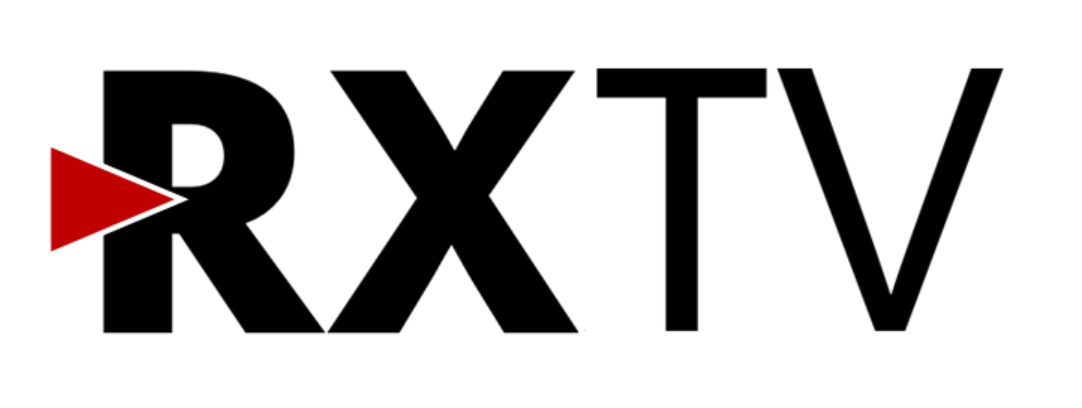Freesat provides access to free-to-air satellite television channels. Launched in 2008, it is a joint venture between the BBC and ITV, providing universal access to the main free-to-air channels across the UK, even where terrestrial TV reception is poor.
In recent years, Freesat has been broadening its reach by adding connected TV apps to its receivers.
Prerequisites
✔ TV with Freesat tuner or a standalone Freesat satellite receiver
✔ Satellite dish
❌ You can’t watch Freesat through an aerial, via cable or the internet. For TV via an aerial, see Freeview. For TV via the internet, check out Sky Stream, Virgin Media Stream or the new Freely service that launches in 2024.
What does Freesat do?
Freesat receivers enable the reception of over 200 TV and radio services via the Freesat Electronic Programme Guide (EPG). These include all BBC TV services and those from all main broadcasters.
Newer, connected Freesat receivers combine the standard 7 day TV guide with catch-up and on-demand programmes. On BBC channels, you can restart the programme you’re watching by pressing the green button.
Additional apps, including Netflix, Prime Video, UKTV Play, YouTube and Hopster are available on all the latest Freesat boxes. Beware of older Freesat receivers, e.g Humax, on some websites, as these will only have limited support.
How do I get Freesat?
You need a satellite dish and either a Freesat box or a Smart TV with in-built Freesat.
- Some Samsung, Panasonic and LG TVs include Freesat. This will be made prominent in the specifications and on the packaging. You will need to connect your satellite dish to the TV using the satellite socket at the back of the TV. Please see ‘connections’ below for more information.
- Otherwise, you can buy a standalone Freesat receiver from any major high street retailer. There are different versions: some offer simple access to live and on-demand TV, others also include recording facility.
What’s the difference between Freeview and Freesat?
- Freeview is terrestrial TV – you need a TV aerial to receive Freeview.
- Freesat is satellite TV – you need a satellite dish to receive Freesat.
Freesat offers a different range of channels. Some broadcasters are unable to make their services available on Freesat due to rights restrictions.
On the flipside, Freesat doesn’t have the coverage restrictions of Freeview, so if you live in an area with limited Freeview channels, you will receive a wider range of services using Freesat.
Since late 2021, Channel 4 HD is now available on Freesat, meaning all the main channels are available in high definition.
Which satellite does Freesat use?
Freesat is broadcast from the fleet of Astra satellites at 28 degrees East. As of 2021, the satellites are: Astra 2E, Astra 2F and Astra 2G. These are the same three satellites used by Sky in the UK and Ireland.
Freesat channels were previously broadcast from Astra 2A-2D and Eurobird/Eutelsat 28A until they were retired. Some older documentation may still reference these satellites.
Can I use Freesat outside of the UK?
Viewers in the Republic of Ireland can use a Freesat receiver as a means to watch UK free-to-air channels. Freesat receivers are not the same as generic ‘free-to-air’ satellite receivers sold in the country, which do not order channels in the same way.
Viewers in the Netherlands, Belgium and Northern France can unofficially use Freesat receivers to watch UK TV channels with a common domestic satellite dish pointing at the Astra satellites at 28.2E. Beyond these areas, reception becomes worse, requiring ever bigger dishes, before it becomes impossible.
Connections
- Freesat receivers need to be attached to a satellite dish. In order to make the most of catch-up and on-demand services, an internet connection is also required. At least 2.5Mbps is usually required, but some receivers, such as Samsung Smart TVs, demand at least 10Mbps.
- Please note that if you are intending to attach an older Freesat receiver to a dish that is/was set up for Sky Q, you may need to change the LNB (the small box that sits on the end of the arm protruding from the dish) to a hybrid model. There is no such issue for dishes previously set up for other types of Sky box. New Freesat receivers are designed to work with the new style LNBs.
HD
All receivers that went on the market after 2014 support HD by default. This means there will be few non-HD boxes around now, mostly sold via second-hand websites.
4K UHD
There are currently no 4K UHD channels on Freesat, although on-demand content in UHD is supported on newer devices launched by Freesat in 2020. Most current Smart TV models with built-in Freesat also support 4K UHD.
